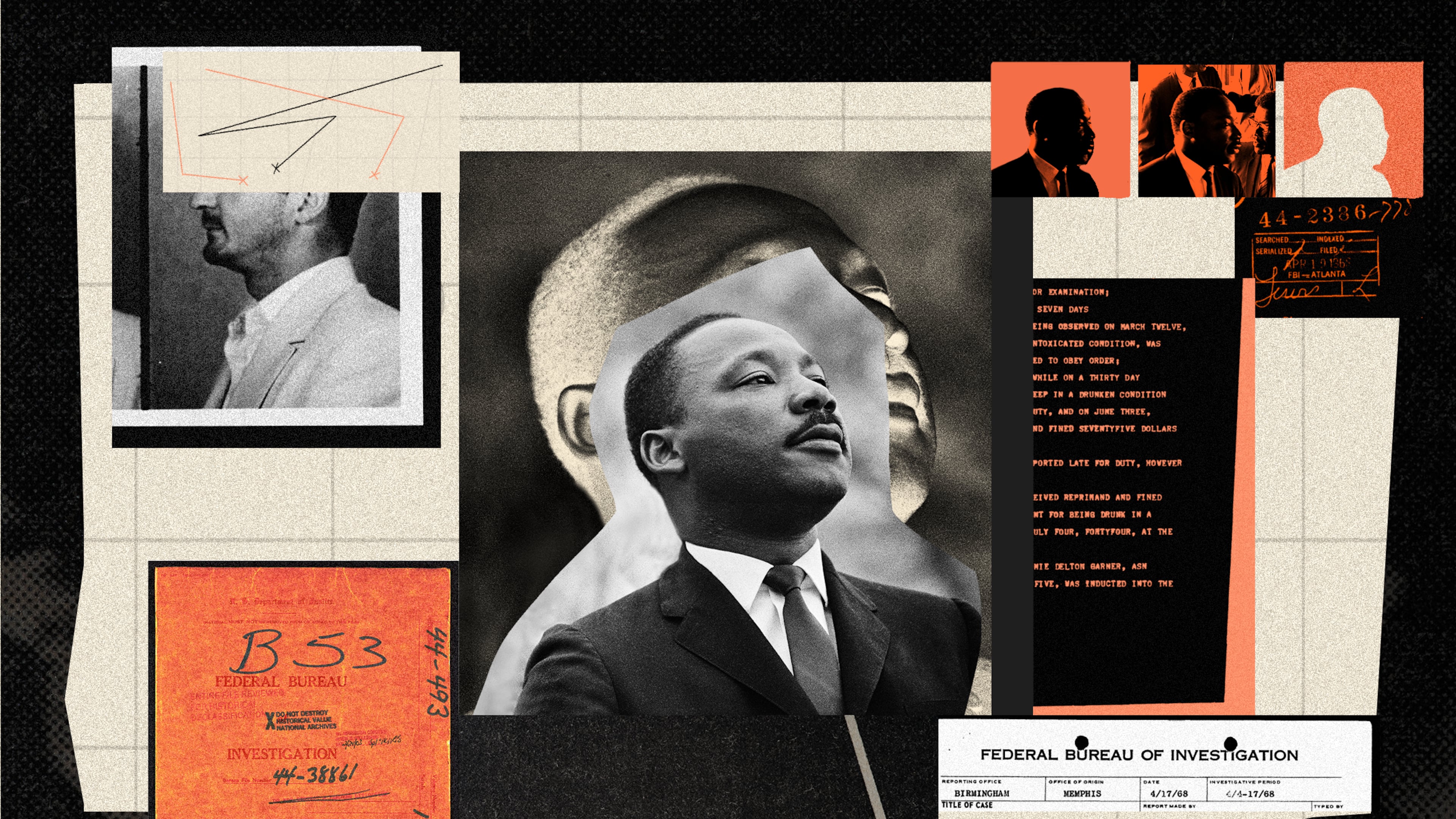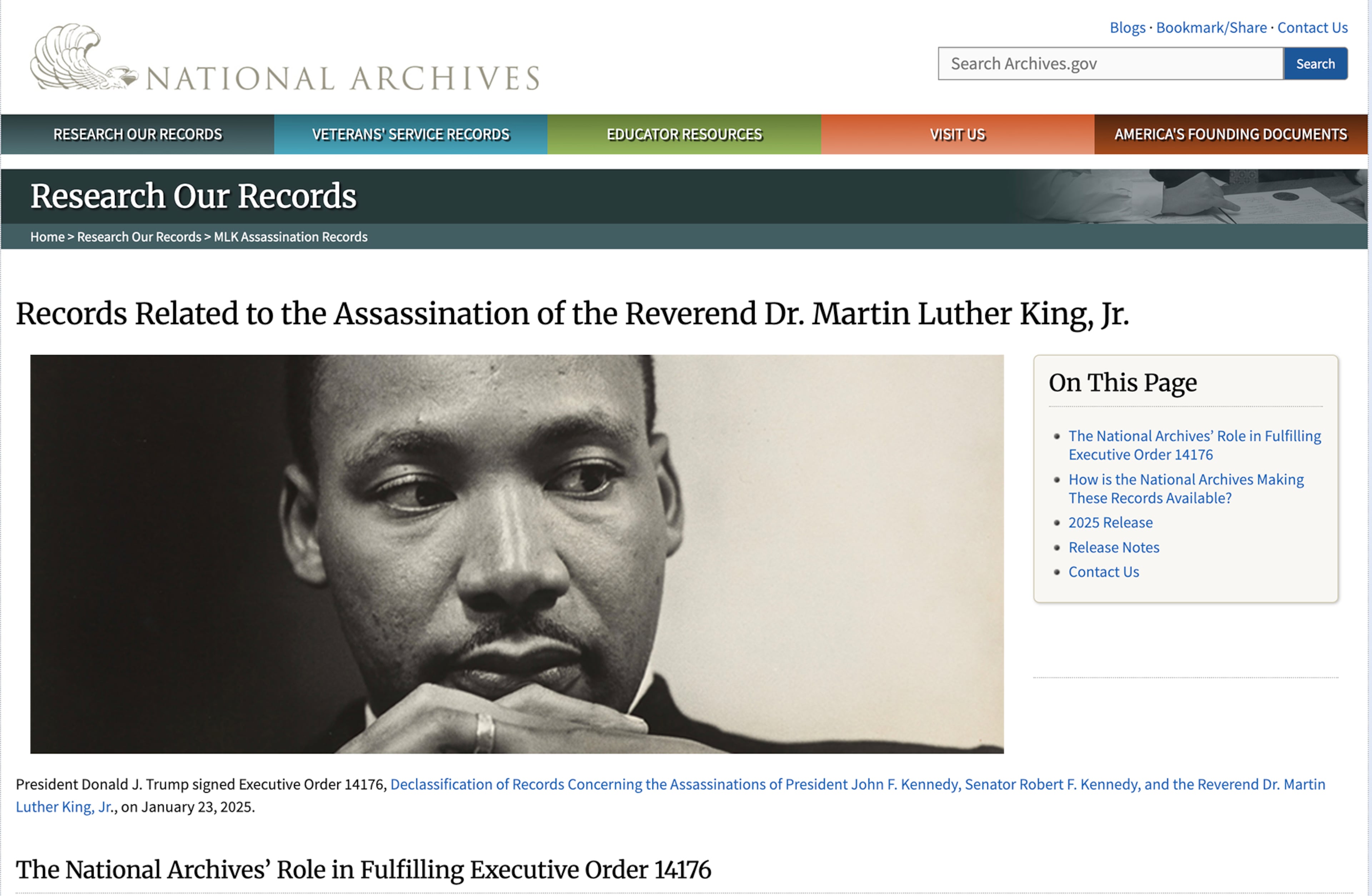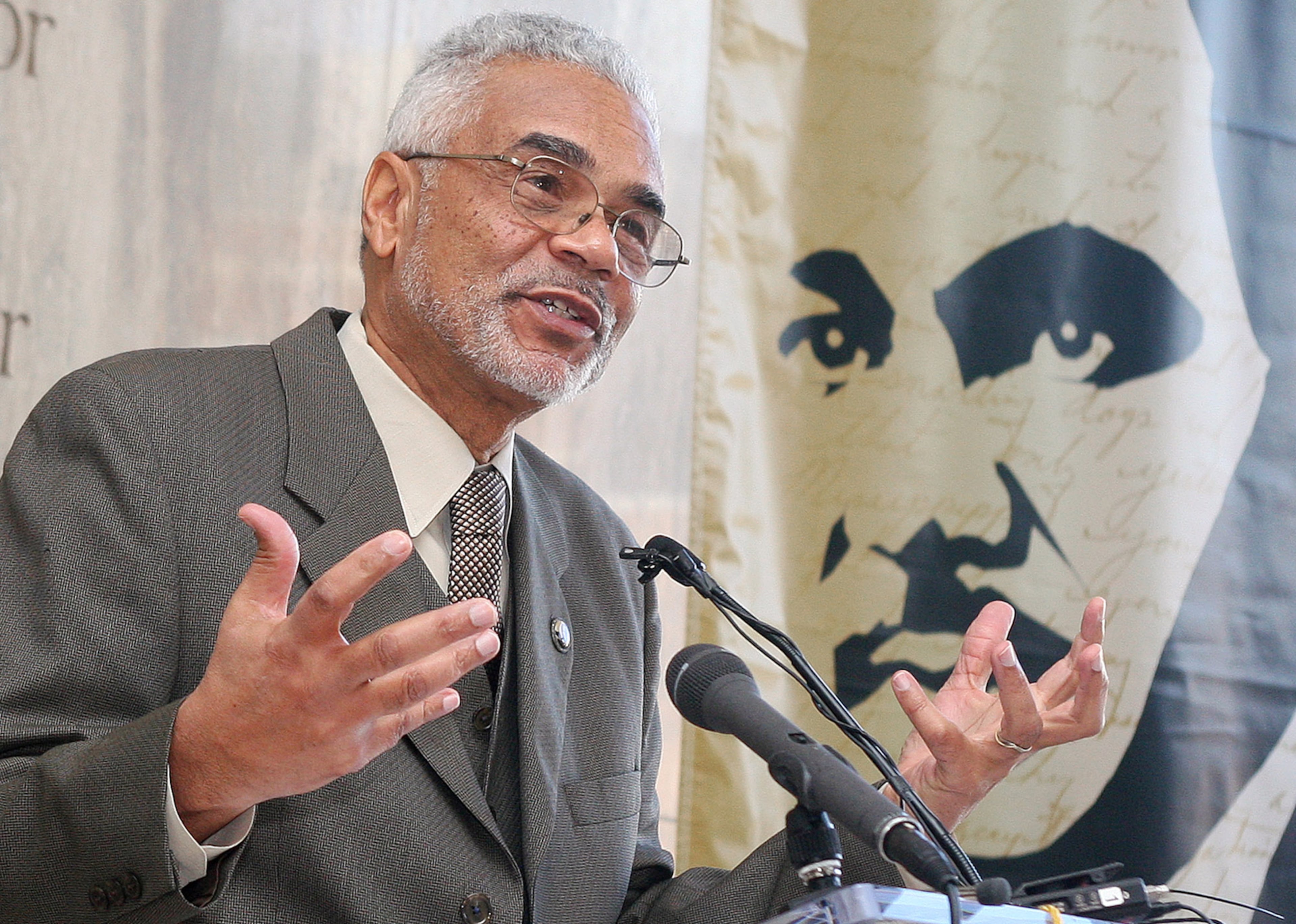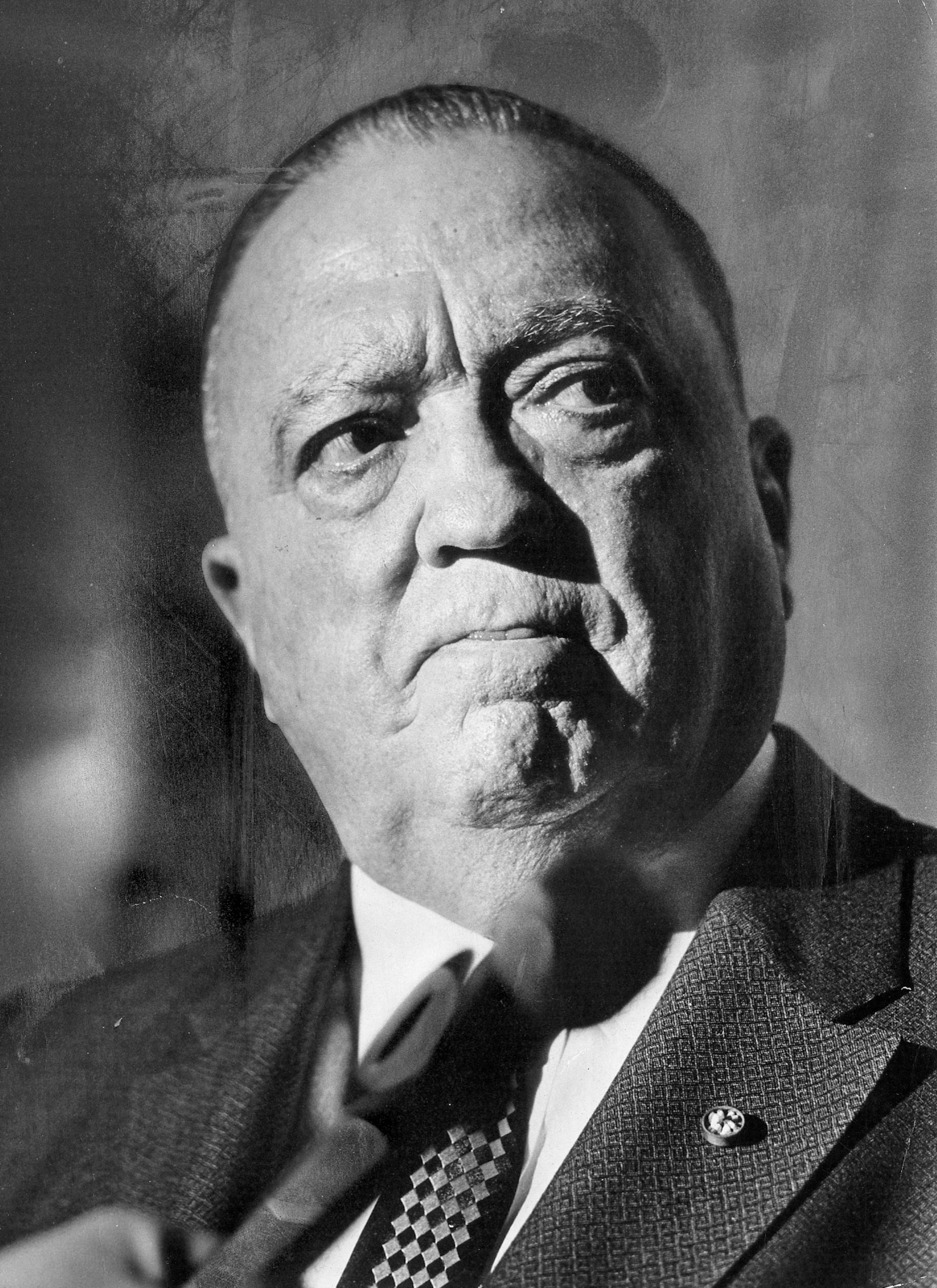We combed through the FBI’s King files. Here’s what we know.

The FBI had long been watching the Rev. Martin Luther King Jr.
They bugged his hotel rooms, tracked his movements and scrutinized his relationships — all in the name of what some in the bureau considered national security.
To them, King was more than the leader of the Civil Rights Movement. He was, in the words of one top official, “the most dangerous Negro of the future in this nation.”
In a 1963 memo, Assistant FBI Director W.C. Sullivan laid bare the bureau’s suspicions. “King,” he wrote, “stands head and shoulders over all other Negro leaders put together. … We must mark him now.”
That memo is one of nearly 240,000 pages released this week by the Justice Department, following a January executive order from President Donald Trump to declassify records related to the assassinations of King, President John F. Kennedy and Sen. Robert F. Kennedy.

For many civil rights historians, the massive trove — organized into more than 6,000 PDFs and posted on the National Archives website Monday — was neither shocking nor revelatory. Pulitzer Prize-winning historian David Garrow called it “nothing earth-shattering.”
“This current release has not revealed anything new to the public,” Garrow told The Atlanta Journal-Constitution. “This batch doesn’t change the story in any significant way.”
What we found
A review by the AJC data team confirmed that assessment. Nearly 63% of the files were coded as “Civil Rights” documents, while others addressed topics like “civil unrest” or “Freedom of Information Act” requests.
King was assassinated April 4, 1968, just as he stepped onto the balcony of the Lorraine Motel in Memphis.
The case file includes a 13,000-page card catalog-style index of individuals mentioned throughout the investigation. An additional 60,000 pages originate from FBI headquarters in Washington. But the bulk of the material — more than 150,000 pages — comes from nearly 50 FBI field offices across the country.
Many of those records include internal memos circulated nationwide, as well as mug shots and composite sketches of the then-unidentified James Earl Ray, the man widely believed to be the lone assassin.
One such memo, dated May 13, 1968, instructed agents to conduct “laundry checks” at local cleaners after a shirt bearing markings for “Eric Starvo Galt” — one of Ray’s many aliases — was discovered in Los Angeles. Each version of the memo included photographs of the distinctive markings.
In Alaska, agents clipped newspaper articles from the Anchorage Times documenting memorial services and scoured local telephone directories for Ray’s known aliases. In Omaha, they searched voter registration rolls across Nebraska.
Closer to home, at least 91 documents contain clippings from The Atlanta Constitution and 53 include pieces from The Atlanta Journal.

The only audio file is an interview with Ray’s brother, Jerry, who claimed James Earl never expressed hatred for Black people and doubted his guilt.
Other documents include tips from the public, newspaper clippings and dozens of photographic negatives of King’s room at the Lorraine Motel.
In releasing the files Monday, Attorney General Pamela Bondi said the disclosures were the product of months of collaboration among several federal agencies, including the Department of Justice, the Office of the Director of National Intelligence, the Central Intelligence Agency, and the National Archives and Records Administration.
“The American people deserve answers decades after the horrific assassination of one of our nation’s great leaders,” Bondi said.

Clayborne Carson, the Rev. Martin Luther King Jr. Centennial Professor Emeritus at Stanford University, said the FBI’s extensive paper trail reflects a deliberate effort to destroy King’s moral authority.
“The FBI was taking sides in the Civil Rights Movement and doing everything possible to undermine King,” said Carson, author of “The Autobiography of Rev. Martin Luther King Jr.” and “Malcolm X: The FBI File.” “(FBI Director) J. Edgar Hoover made no bones about that.”
Carson called the files the result of “an invasion of privacy and a misinterpretation of the evidence gathered.”
“It’s like going into somebody’s house, invading their privacy, and then reporting what you found inaccurately,” he said.
Asked whether he planned to revisit the material for his own work, Garrow, who won the Pulitzer for his 1986 book “Bearing the Cross: Rev. Martin Luther King Jr. and the Southern Christian Leadership Conference,” was blunt.
“No,” he said. “It doesn’t merit my time.”

‘Mind-numbing’
Although this week’s release also includes scattered references to lesser-known moments and individuals in the surveillance saga. The overwhelming volume is difficult to navigate. Many pages are poorly scanned, heavily redacted or duplicates. Some files are marked “Obscene.”

Some folders include dozens of copies of Ray’s mug shot.
“The scale of duplication is mind-numbing,” Garrow said.
But scholars pointed out one moment that, although not new, still stands out: the August 1963 bugging of King while he stayed at the New York home of his attorney, Clarence Jones.
By December of that year, the surveillance had expanded to hotels and SCLC offices.
“This was part of Hoover’s effort to destroy King,” Carson said. “That had been his goal — to destroy anything he saw as a radical threat to the United States.”

What’s next?
But a larger storm might be coming.
A second cache of documents — perhaps even more sensitive — remains sealed under a 1977 court order. Those files include transcripts and summaries of FBI wiretaps from King’s hotel rooms, private residences and SCLC offices, recorded 1963-1966.
The Justice Department is pushing for an early release of the files, which are scheduled to be unsealed in 2027.
The Southern Christian Leadership Conference, backed by the King family, is fighting to block that early release. The organization filed a lawsuit against the Justice Department and the National Archives, arguing the records were illegally obtained and their release would violate King’s dignity and legacy.
“We stand on the belief that Dr. King should have never been surveilled in the first place,” said DeMark Liggins, president of the SCLC. “It’s an egregious violation of his personal life. We think it has very little to do with his public life or even the public’s interest in his life.”
When Trump first signaled his intent to release the records, King’s children — Martin Luther King III and Bernice King — urged the White House to reconsider.
The Justice Department granted them early access to review the materials. But in a joint statement issued Monday after the release, they said the documents were a “predatory” attempt to discredit their father.

Bernice King was more pointed on social media: “Now, do the Epstein files.”
Her blunt comment, a reference to unreleased records involving accused sex trafficker Jeffrey Epstein, was a direct shot at Trump and his motivations.
Critics have accused Trump of using the King files to deflect attention from his ties to Epstein.
“At its highest level, what we’re seeing right now is an obvious distraction,” Liggins said. “It’s shameful that they are using the idea of releasing a set of documents not to inform the public, but to confuse and distract them from the debacle of their handling of the Epstein case.”
Other scholars aren’t convinced the threat of more files being released will taint King’s legacy.
“There is absolutely nothing that could be revealed in those documents about Dr. King’s humanness that would be any more concerning than what we know of the personal lives of the Founding Fathers of our nation,” said Tanya Washington, a professor of children’s constitutional rights at Georgia State University College of Law.
Washington, who has written extensively about the origins and evolution of political and activist movements — and how governments respond to them — said the timing of the release is as revealing as its contents, especially in an era when dissent is once again under scrutiny.
“Today, as people are being targeted for expressing their views about how our government is working, it’s instructive to see how our government has in times past dealt with, targeted and investigated activists who would then go on to become heroes like Dr. King,” Washington said. “They did a significant investigation of King for the purposes of calling into question the work he was doing. Because it was having such an impact.”

